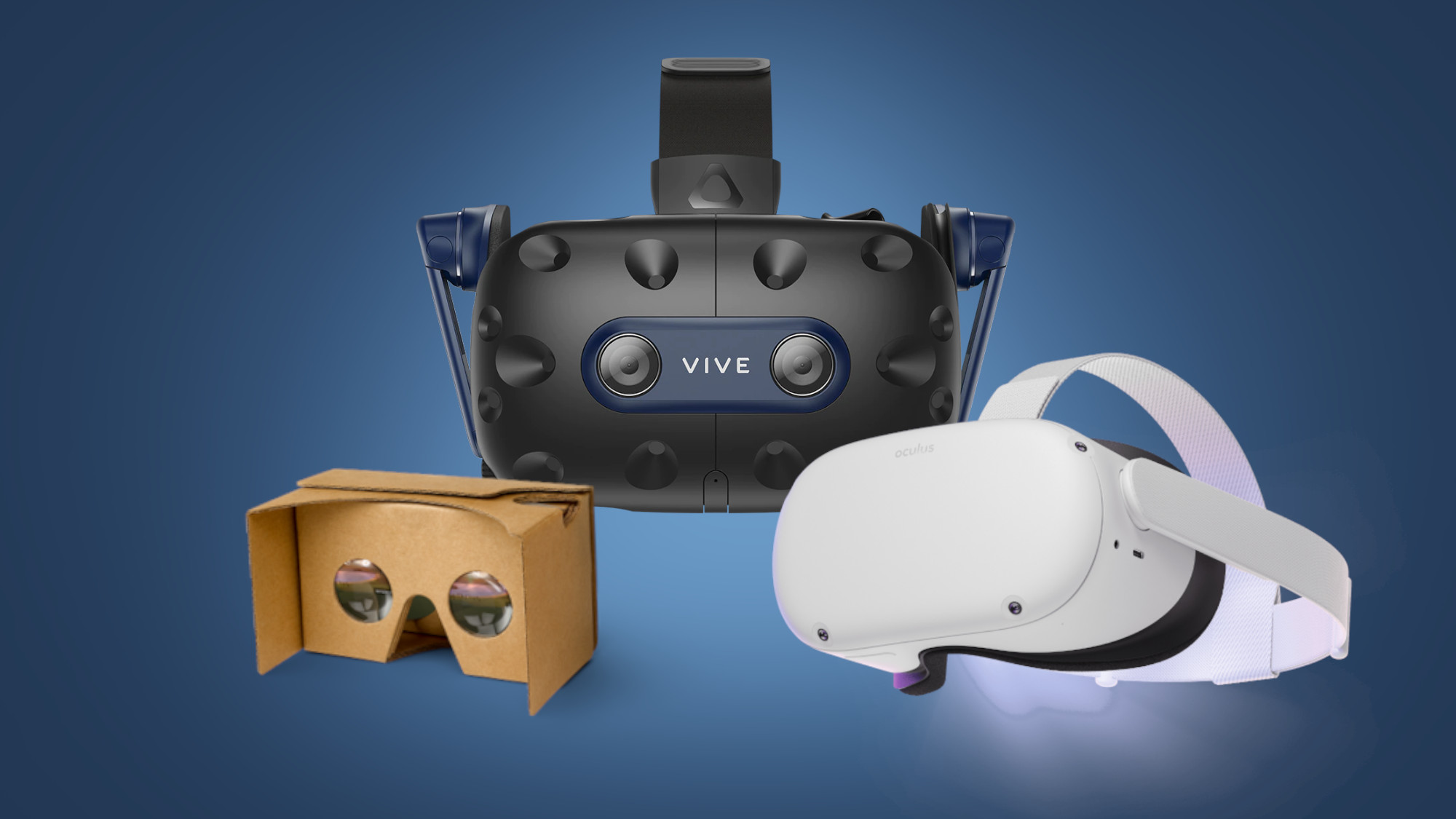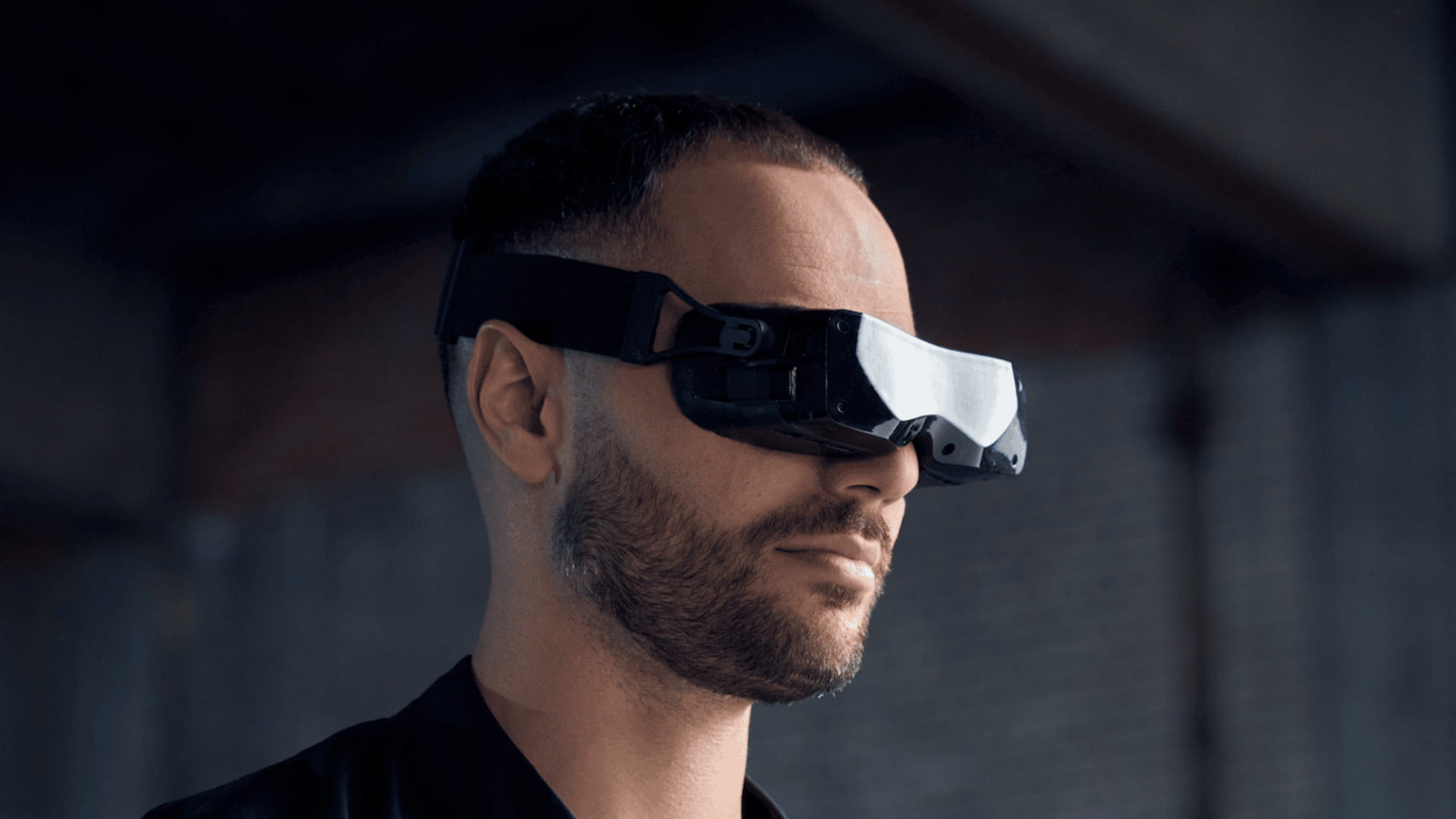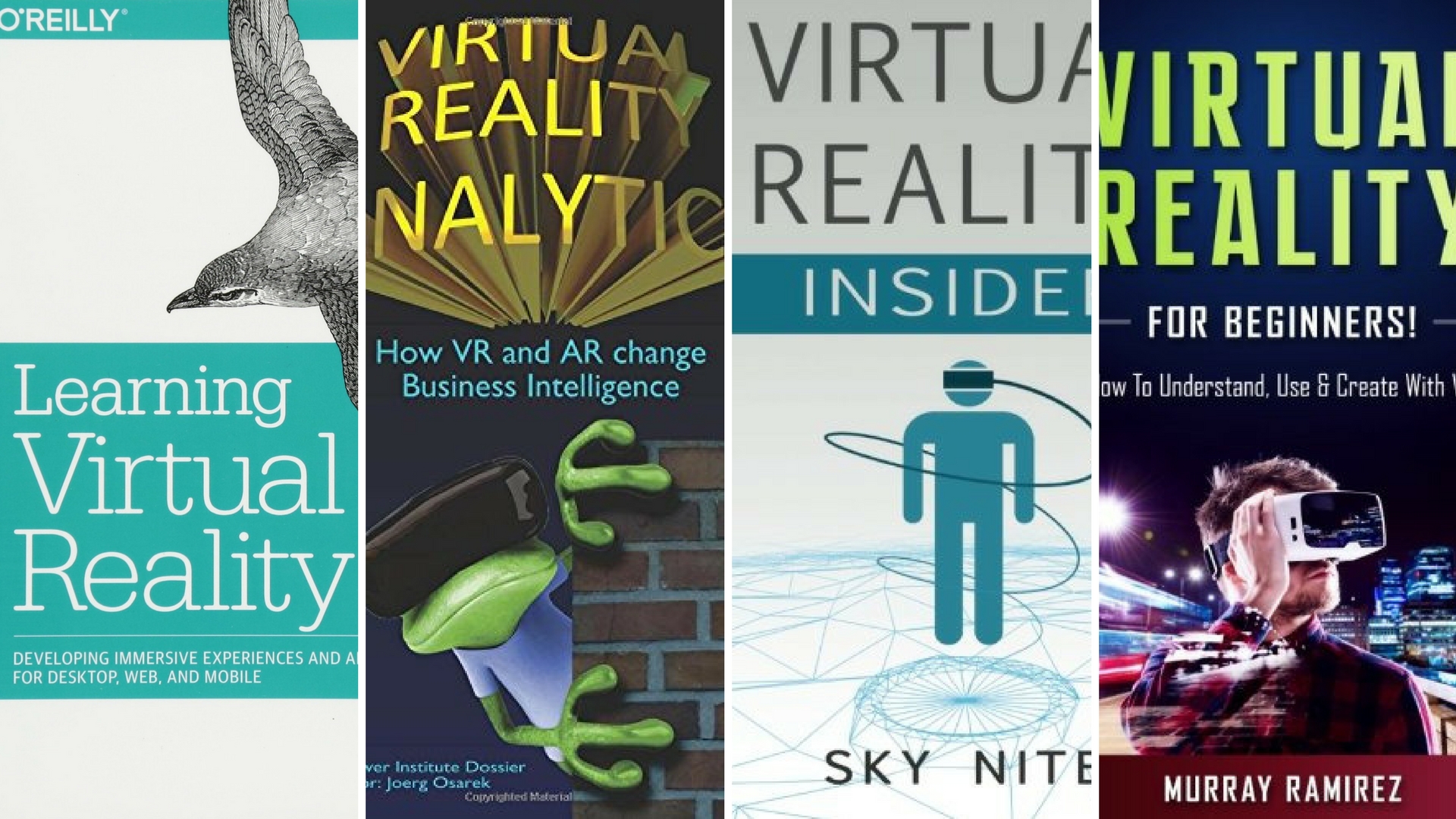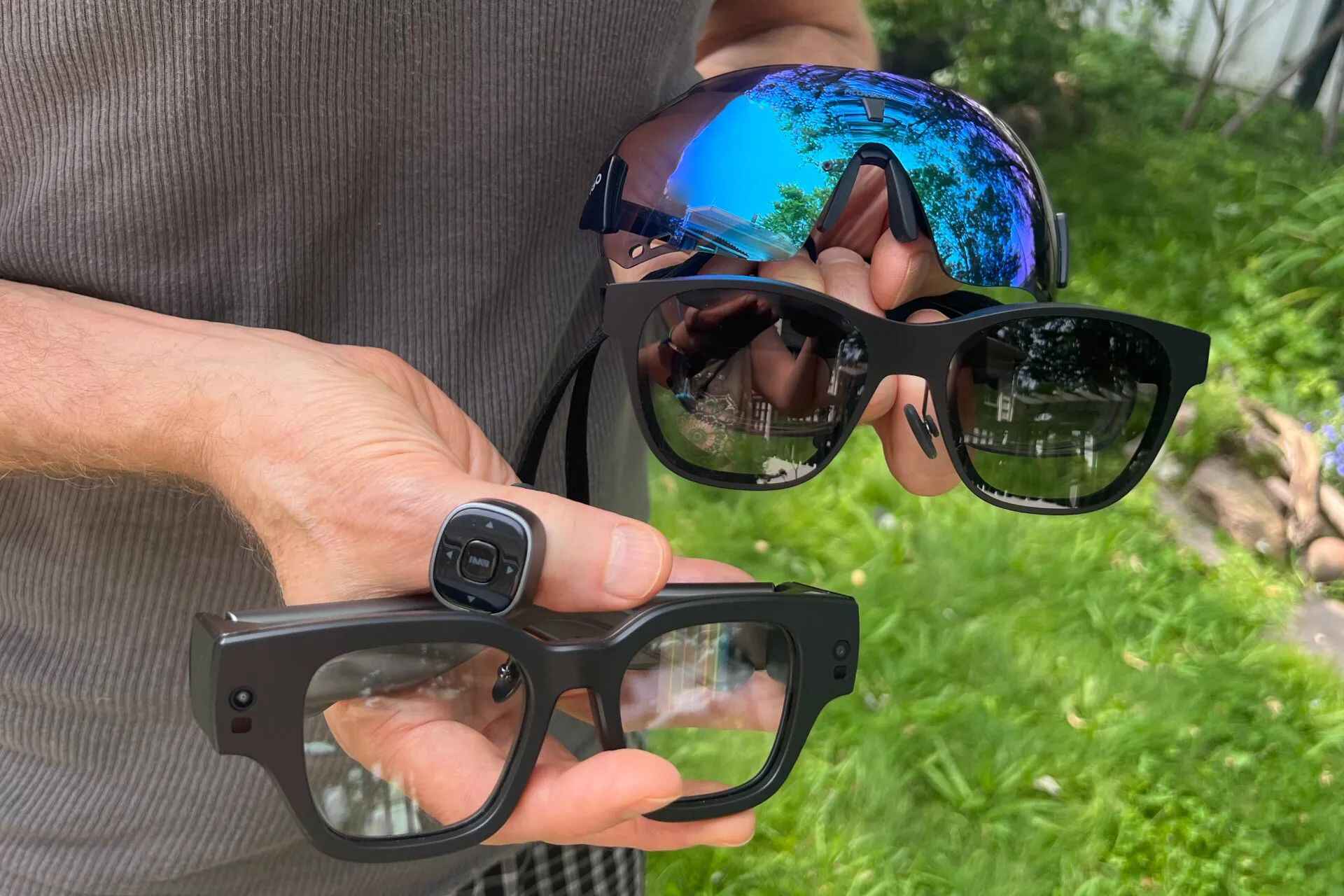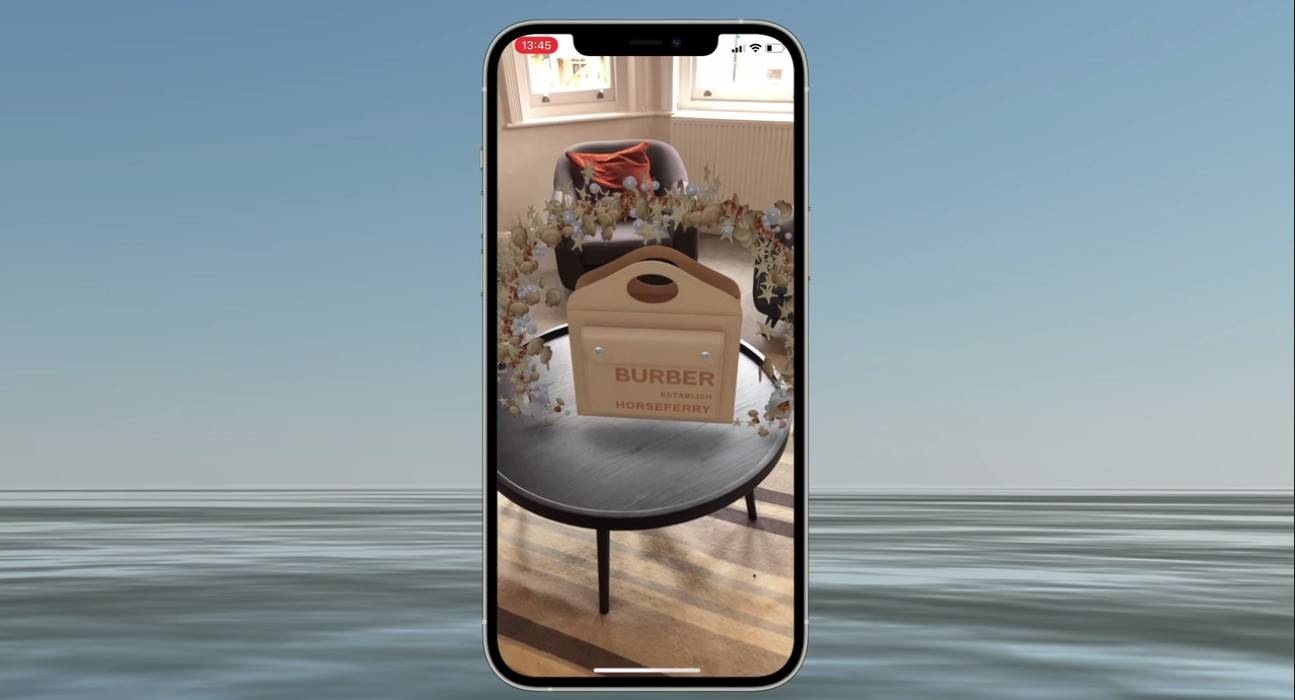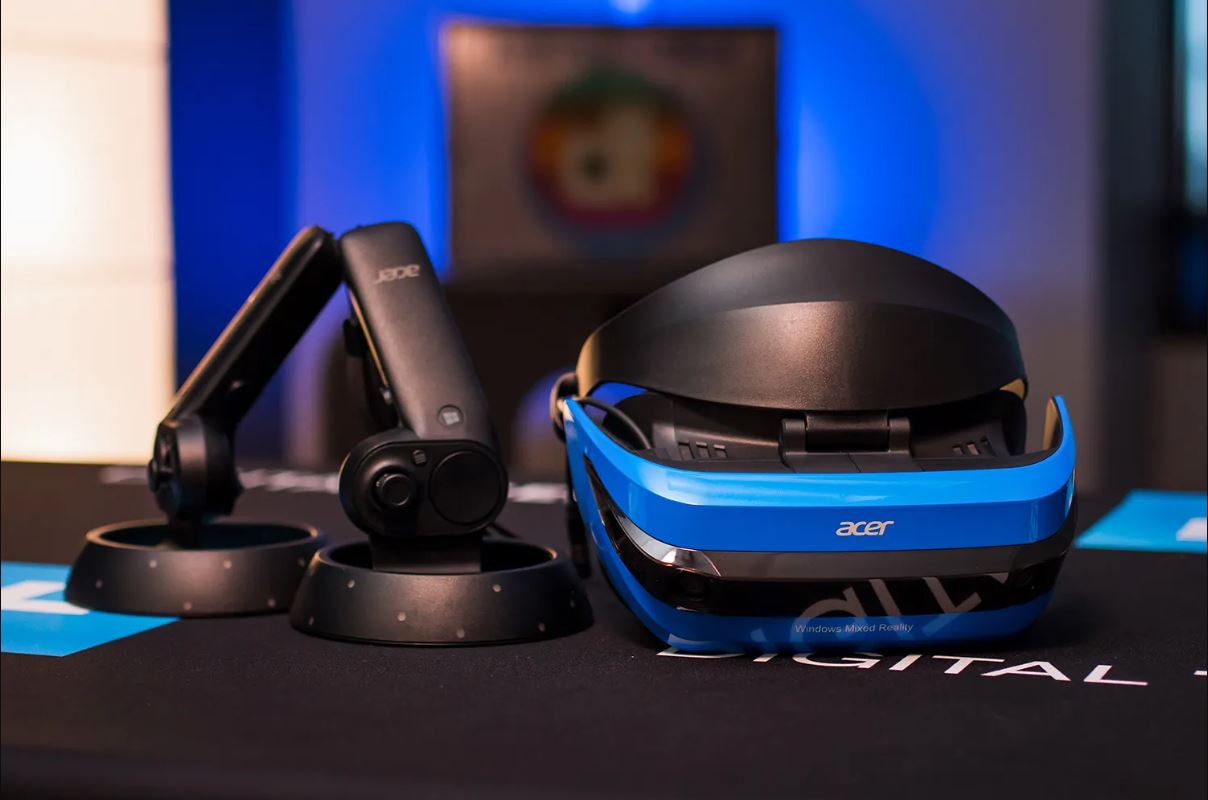What Are Virtual Reality Goggles
Virtual Reality (VR) goggles, also known as VR headsets, are wearable devices that immerse users in a virtual world through sight and sound. They are designed to provide a highly immersive and interactive experience, allowing users to feel as if they are physically present in a different environment.
VR goggles typically consist of a head-mounted display (HMD) that is worn on the head, covering the eyes and displaying video or computer-generated graphics. They often include built-in speakers or headphones to provide 3D audio, enhancing the sense of presence.
These devices use a combination of sensors, such as accelerometers and gyroscopes, to track the user’s head movements and adjust the displayed content accordingly. This tracking technology enables users to look around the virtual environment, creating a sense of depth and realism.
Virtual Reality goggles can be connected to a variety of devices, including gaming consoles, PCs, smartphones, and even standalone systems. They offer a wide range of applications beyond gaming, including virtual tourism, education, training simulations, and even therapeutic interventions.
One key aspect of VR goggles is the field of view (FOV), which refers to the extent of the visual display. A larger FOV can provide a more immersive experience by covering a wider area of the user’s vision. Additionally, some VR goggles come with adjustable lenses to accommodate users with different eyesight requirements.
As technology continues to advance, VR goggles are becoming more compact, comfortable, and affordable. They now offer higher-resolution displays, improved tracking accuracy, and better overall performance. With the growing popularity of virtual reality, these devices are gaining traction among consumers, promising exciting and engaging experiences that were once only limited to our wildest imaginations.
Benefits of Virtual Reality Goggles
Virtual Reality (VR) goggles offer numerous benefits and have a wide range of applications beyond gaming. Let’s explore some of the key advantages of using VR goggles:
- Immersive Experience: VR goggles provide a highly immersive experience, transporting users to virtual worlds and allowing them to feel like they are physically present in a different environment. This level of immersion enhances the sense of realism and engagement in various applications, such as gaming, virtual tourism, and simulations.
- Enhanced Learning: VR goggles have revolutionized education and training by creating interactive and realistic simulations. Students can explore historical sites, dive into the depths of the ocean, or even dissect virtual organisms, providing a hands-on learning experience that enhances understanding and retention.
- Therapeutic Benefits: Virtual reality has shown significant potential in therapeutic interventions. It can help treat phobias and anxieties through exposure therapy in a safe and controlled environment. VR goggles are also being used for pain management, rehabilitation exercises, and cognitive therapies.
- Entertainment and Gaming: One of the primary uses of VR goggles is for gaming. They offer a whole new level of immersion and interactivity, allowing players to fully immerse themselves in virtual worlds. From action-packed adventures to immersive virtual sports, VR gaming provides a unique and thrilling experience.
- Social Interaction: VR goggles can bring people together, even when distance separates them. Virtual reality platforms allow users to meet, socialize, and engage in various activities together, such as attending virtual events, playing games, or exploring virtual worlds. It offers a new way to connect with others and foster social interactions.
These are just a few examples of the benefits that VR goggles can offer. As technology continues to advance and VR becomes more accessible, we can expect even more innovative and impactful applications in fields such as medicine, engineering, design, and many more. Virtual Reality goggles have the potential to reshape the way we learn, entertain, and interact with the world around us.
Types of Virtual Reality Goggles
Virtual Reality (VR) goggles come in various types and designs, catering to different user preferences and needs. Here are some of the most common types of VR goggles:
- Tethered VR Goggles: Tethered VR goggles are connected to a powerful computer or gaming console via cables. They rely on these devices for processing and rendering high-quality graphics. Since they are not limited by the processing power of the goggles themselves, tethered VR goggles often offer the highest quality visuals and performance.
- Standalone VR Goggles: Standalone VR goggles do not require a computer or console to function. These self-contained devices have their own processors, memory, and internal storage. They are equipped with built-in sensors and can run VR apps directly from the device itself. Standalone VR goggles offer convenience and portability, making them a popular choice for casual users.
- Mobile VR Goggles: Mobile VR goggles rely on smartphones to provide the VR experience. Users slot their smartphones into the goggles, which act as the display and processing unit. These goggles are more affordable and accessible, but the VR experience may vary depending on the smartphone’s capabilities.
- PC-Powered VR Goggles: PC-powered VR goggles, also known as PC VR goggles, require a high-performance computer to operate. They offer a more immersive and detailed VR experience compared to mobile or standalone goggles, as they can handle demanding applications and games. These goggles often require setup and calibration.
- Mixed Reality Goggles: Mixed Reality (MR) goggles, also known as Augmented Reality (AR) goggles, blend virtual elements with the real world. They overlay digital objects onto the user’s view of the real environment, creating an interactive and augmented experience. MR goggles typically include sensors to track the user’s surroundings and enable interactions with virtual objects.
Each type of VR goggles have their own advantages and considerations, depending on factors such as budget, processing power, portability, and level of immersion. It’s important to choose the type that best suits your needs and preferences to fully enjoy the virtual reality experience.
Important Features to Consider
When choosing virtual reality (VR) goggles, it’s essential to consider certain features that can greatly impact your VR experience. Here are some important features to consider before making your purchase:
- Display Quality: The display quality of VR goggles determines the level of immersion and visual clarity. Look for goggles with high-resolution displays and a high pixel density to ensure sharp and detailed visuals. Additionally, consider the field of view (FOV) to determine the extent of the visual display and the level of immersion it provides.
- Refresh Rate: The refresh rate refers to the number of times the display refreshes in a second. A higher refresh rate, ideally 90Hz or above, reduces motion blur and provides a smoother and more comfortable viewing experience. It is especially important for fast-paced gaming or VR applications.
- Tracking Technology: Good tracking technology is crucial for a seamless and immersive VR experience. Look for goggles with accurate and responsive tracking systems that can capture your head movements in real-time. This ensures that the virtual world moves precisely with your movements, creating a more realistic experience.
- Comfort and Fit: VR sessions can be immersive and lengthy, so it’s important to consider the comfort and fit of the goggles. Look for goggles with adjustable head straps and cushioning to ensure a secure and comfortable fit. Consider the weight of the goggles as well, as lighter goggles are generally more comfortable for extended use.
- Audio Quality: Sound plays a significant role in the overall immersion of virtual reality. Look for goggles with built-in headphones or high-quality audio output to provide realistic and spatial 3D audio. This enhances the VR experience and helps to create a more engaging and immersive environment.
- Controller Options: Consider the available controller options for the VR goggles. Controllers allow you to interact with the virtual environment, and different goggles offer varying types and styles of controllers. Some goggles may include hand-tracking or gesture-based controls, while others may require separate controllers for interaction.
These features should be carefully considered when choosing VR goggles. Remember to align these features with your specific needs, preferences, and budget to ensure an enjoyable and immersive virtual reality experience.
Popular Brands of Virtual Reality Goggles
Virtual Reality (VR) goggles have gained immense popularity in recent years, leading to the emergence of various brands offering a range of options. Here are some of the most popular brands of VR goggles:
- Oculus: Oculus is a leading brand in the VR industry and has played a significant role in popularizing VR goggles. Their flagship products, such as the Oculus Rift and Oculus Quest, offer high-quality displays, precise tracking, and a wide range of VR experiences. Oculus goggles are known for their comfortable design and user-friendly interfaces.
- HTC Vive: HTC Vive is another well-known brand in the VR market, offering premium VR goggles with exceptional performance. The HTC Vive series, including the Vive Pro and Vive Cosmos, provide high-resolution displays, accurate room-scale tracking, and a vast library of VR games and applications. HTC Vive goggles are often favored by serious gamers and VR enthusiasts.
- Sony: Sony entered the VR market with the PlayStation VR, designed specifically for PlayStation gaming consoles. PlayStation VR offers an affordable and accessible VR solution with a wide range of compatible games. Sony goggles provide a comfortable fit and solid performance, making them a popular choice among console gamers.
- Valve Index: Valve Index is known for its high-end VR goggles tailored for gamers and VR enthusiasts. With a high-resolution display, exceptional tracking accuracy, and precise controllers, Valve Index offers a premium VR experience. The goggles are praised for their comfort, immersive visuals, and wide field of view.
- Samsung: Samsung is a prominent player in the mobile VR market with its Samsung Gear VR goggles. Gear VR works in conjunction with Samsung smartphones, providing an affordable and accessible VR experience. With a growing library of VR apps and games, Samsung Gear VR goggles offer a portable and versatile option for casual users.
These are just a few examples of popular VR goggle brands, and there are many other reputable brands in the market. When choosing VR goggles, consider factors such as performance, comfort, compatibility, and the availability of content for each brand. Ultimately, the choice depends on your specific requirements, preferences, and budget.
How Much Do Virtual Reality Goggles Cost
The cost of virtual reality (VR) goggles can vary depending on several factors, including the brand, type, and features of the goggles. Here is a breakdown of the typical price ranges for different types of VR goggles:
- Tethered VR Goggles: Tethered VR goggles tend to be on the higher end of the price spectrum. Brands such as Oculus Rift and HTC Vive offer tethered goggles priced between $399 and $999, depending on the model and included accessories.
- Standalone VR Goggles: Standalone VR goggles, such as the Oculus Quest and HTC Vive Focus, are usually more affordable compared to tethered goggles. Prices for standalone goggles typically range from $299 to $699, depending on the storage capacity and additional features.
- Mobile VR Goggles: Mobile VR goggles, such as the Samsung Gear VR, Google Daydream View, or various other brands, are the most budget-friendly option. Prices for mobile goggles usually range from $50 to $150, depending on the brand and compatibility with different smartphones.
- PC-Powered VR Goggles: PC-powered VR goggles, such as the Valve Index, often offer high-end performance and come at a higher price. Prices for PC-powered goggles typically range from $499 to $999, depending on the brand, resolution, and included accessories.
- Mixed Reality Goggles: Mixed Reality goggles, such as the Microsoft HoloLens or Magic Leap One, are generally on the higher end of the price spectrum. Prices can range from $2,000 to $3,500 or more, depending on the brand and the level of augmented reality capabilities.
It is important to note that these price ranges are approximate and can vary depending on factors such as availability, special promotions, and bundled accessories. Additionally, keep in mind that the cost of VR goggles is only one aspect of the overall VR experience. You may also need to consider the cost of compatible hardware, such as gaming consoles or high-performance computers, as well as the price of VR games and applications to fully enjoy the VR experience.
Before making a purchase, it is always recommended to research and compare prices from different retailers and online marketplaces to find the best deal that suits your budget and requirements.
Factors that Affect the Price
Several factors can influence the price of virtual reality (VR) goggles. Understanding these factors can help you make an informed decision when considering a purchase. Here are some key factors that can affect the price of VR goggles:
- Brand and Quality: Established brands with a reputation for quality and innovation often charge a premium price for their VR goggles. These brands invest heavily in research and development, ensuring advanced features, comfortable design, and reliable performance.
- Type of Goggles: Different types of VR goggles have varying price ranges. Tethered VR goggles, which require connection to a powerful computer or gaming console, tend to be more expensive due to their higher-end specifications. Standalone and mobile VR goggles, on the other hand, are generally more affordable options.
- Display Technology: The display technology of VR goggles greatly impacts the price. Goggles with higher-resolution displays, pixel density, and wider field of view (FOV) tend to be more expensive. Advanced technologies like OLED or AMOLED displays, which offer better color reproduction and contrast, can also result in higher prices.
- Tracking Technology: The type and quality of tracking technology used in VR goggles can affect the price. Goggles with more advanced and accurate head-tracking systems may command a higher price. Additional features like hand-tracking or inside-out tracking can also contribute to the overall cost.
- Audio and Controller Features: VR goggles that come with built-in high-quality audio systems or advanced controller options may have higher price tags. These features enhance the overall immersion and interactivity of the VR experience, resulting in a higher cost.
- Additional Accessories: Some VR goggles may come bundled with additional accessories such as extra controllers, sensor devices, or protective cases. The inclusion of these accessories can increase the price of the overall package.
- Market Demand and Availability: Supply and demand play a role in determining the price of VR goggles. Limited availability or high demand for a particular model can drive up the price. Conversely, older models or those with less demand may see price reductions or discounts.
It’s important to consider these factors when evaluating the price of VR goggles. Determine your priorities and budget to find the right balance between features and cost that suits your needs and preferences.
Affordable Virtual Reality Goggles Options
Virtual reality (VR) technology has become more accessible and affordable in recent years, making it possible to experience VR without breaking the bank. Here are some affordable options for VR goggles:
- Samsung Gear VR: The Samsung Gear VR is a mobile VR headset that offers a budget-friendly option for experiencing VR. Designed to work with compatible Samsung smartphones, it provides an immersive VR experience at a relatively low cost.
- Oculus Go: The Oculus Go is a standalone VR headset that offers a more affordable entry point into the world of VR. It doesn’t require a separate smartphone or computer and provides a comfortable and user-friendly experience at a reasonable price point.
- Google Cardboard: Google Cardboard is a simple, low-cost VR viewer that works by placing a smartphone inside it. While it may not offer the same level of immersion as higher-end VR goggles, it provides an affordable way to experience basic VR content.
- Xiaomi Mi VR Play: The Xiaomi Mi VR Play is another cost-effective option for mobile VR. It is designed to work with a range of Android smartphones and provides a portable and affordable VR experience.
- Homido VR Headset: The Homido VR Headset is a mobile VR viewer compatible with various smartphones. It offers an affordable way to experience virtual reality with adjustable lenses and a comfortable design.
- Lenovo Mirage Solo: The Lenovo Mirage Solo is a standalone VR headset that falls in the mid-range budget category. It offers a comfortable fit, good performance, and access to a wide range of VR apps and games.
These affordable VR goggles options provide a gateway to the world of virtual reality at a more accessible price point. While they may not offer the same advanced features or performance as higher-end options, they still provide a great way to experience VR without a significant financial investment.
It’s important to note that even with affordable VR goggles, you may want to consider additional costs such as compatible smartphones, VR apps, or games. Comparing prices, features, and user reviews can help you find the best affordable VR goggles for your needs and budget.
High-End Virtual Reality Goggles Options
For those seeking a premium virtual reality (VR) experience with cutting-edge features and performance, there are several high-end options available. Here are some of the top high-end VR goggles options:
- Oculus Rift S: The Oculus Rift S is a tethered VR headset that offers impressive visuals and precise tracking. With a high-resolution display and improved optics, it provides an immersive and detailed VR experience. It also includes Oculus Touch controllers for natural and intuitive interactions.
- HTC Vive Pro: The HTC Vive Pro is a high-end tethered VR headset known for its exceptional display quality and accurate tracking. It offers a wide field of view and adjustable lenses for a comfortable and immersive experience. The Vive Pro also includes SteamVR Base Stations and Vive controllers for precise tracking and interaction.
- Valve Index: The Valve Index is a premium PC-powered VR headset that offers industry-leading visuals, precise tracking, and advanced features. With its high-resolution display and wider field of view, the Valve Index provides a highly immersive experience. It also features controllers with individual finger tracking for more natural interactions.
- Pimax 8K X: The Pimax 8K X is a high-end VR headset known for its unparalleled resolution and large field of view. It provides a highly immersive and immersive gaming experience. The Pimax 8K X delivers impressive visuals and supports SteamVR tracking for accurate and precise motion tracking.
- Varjo VR-3: The Varjo VR-3 is a professional-grade VR headset that offers an incredibly high-resolution display, enabling users to view even the smallest details with crystal clarity. It features built-in eye tracking and advanced comfort features for extended use in professional applications such as design, simulation, and research.
These high-end VR goggles options provide top-of-the-line features, advanced technology, and exceptional performance for a truly immersive experience. They are often favored by serious gamers, VR enthusiasts, and professionals in various industries.
It’s worth noting that high-end VR goggles may require additional equipment, such as powerful gaming PCs or tracking systems, to fully utilize their capabilities. Additionally, the price of these high-end goggles tends to be higher compared to other options in the market.
When considering high-end VR goggles, it’s important to assess your specific needs, budget, and compatibility requirements to ensure the best possible VR experience.
Where to Buy Virtual Reality Goggles
If you’re looking to purchase virtual reality (VR) goggles, there are several options for where you can buy them. Here are some popular places to consider:
- Online Retailers: Online marketplaces such as Amazon, Best Buy, and Newegg offer a wide selection of VR goggles from various brands. These platforms provide customer reviews, ratings, and detailed product descriptions to help you make an informed choice. Online shopping also offers convenient price comparison and the possibility of finding discounted or refurbished options.
- Electronics Retailers: Major electronics retailers like Best Buy, Fry’s Electronics, and Micro Center often carry a range of VR goggles. These stores have knowledgeable staff who can assist you in finding the right goggles for your needs. You may also have the opportunity to test out demo units to get a hands-on experience before making a purchase.
- VR Brand Websites: Many VR brands, such as Oculus, HTC, and Valve, have their own official websites where you can purchase their respective VR goggles. Buying directly from the brand ensures authenticity and access to warranties and customer support. These websites often provide detailed information about the goggles’ specifications and compatibility.
- Mobile Carrier Stores: If you are looking for mobile VR goggles that work with smartphones, consider visiting mobile carrier stores. Providers like Verizon, AT&T, and T-Mobile may carry VR goggles that are specifically compatible with their devices. They can also provide information on promotions or bundle deals that include VR goggles.
- Specialized VR Retailers: Some retailers specialize in selling VR equipment and accessories. These stores cater specifically to the VR community and may offer a more extensive selection of goggles, along with other VR-related products. Examples include VR specialty stores or dedicated sections within larger electronics stores.
When deciding where to buy VR goggles, it’s important to consider factors such as price, return policies, warranty coverage, and customer reviews. Additionally, comparing prices from multiple sources can help you find the best deal on the goggles you want.
Whether you prefer online shopping for its convenience or visiting a physical store for a hands-on experience, the availability and accessibility of VR goggles have made purchasing them easier and more convenient than ever before.







